Jasmine Birtles
Your money-making expert. Financial journalist, TV and radio personality.

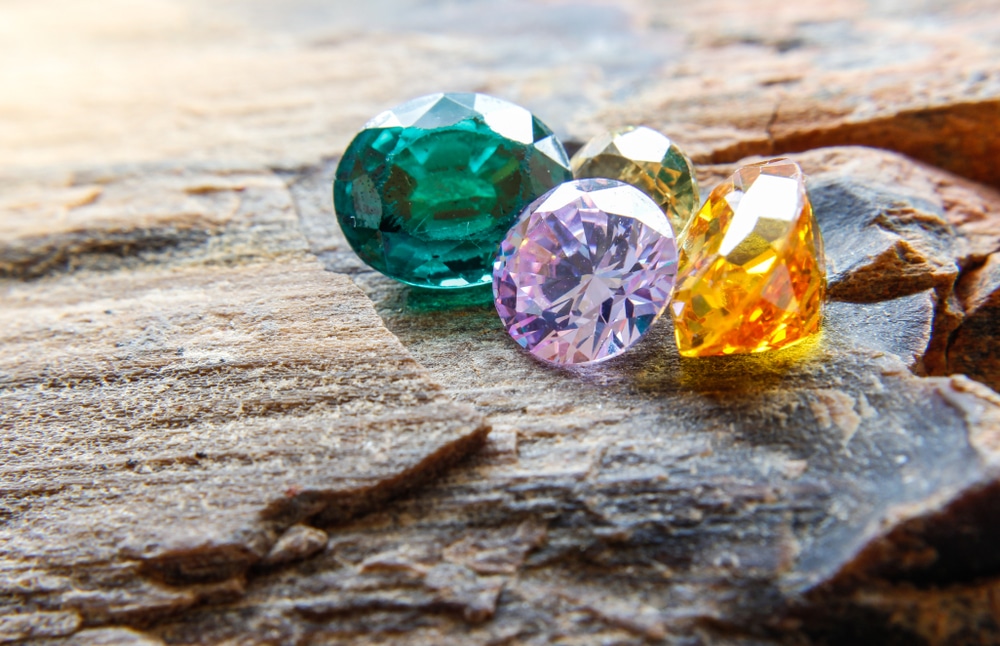
Diamonds are a girl’s best friend, so they say. But why exactly is this? Is it because they look great? Perhaps, the way they sparkle in the light? The luxury which surrounds them? It could be, but it may also be the value of investing in gemstones such as these.
But diamonds are not the only gemstone which may be worth investing in. From rubies to garnets, emeralds to sapphires, these glorious gems may just make you money.
But of course, as with any investment, there are many factors to consider beforehand. There is no use just scooping up gemstones whenever your heart desires and hoping for the best. To make money from investing in gemstones, it is important you have both done your research and found answers to any questions you may have.
According to the International Gem Society, a majority of people who buy gemstones in order to make profit actually end up losing money. This is because they dive in headfirst, without two key things: knowledge and experience.
Here, we discuss the top gems worth investing in, and what must be considered before investing in them to ensure you don’t lose out.
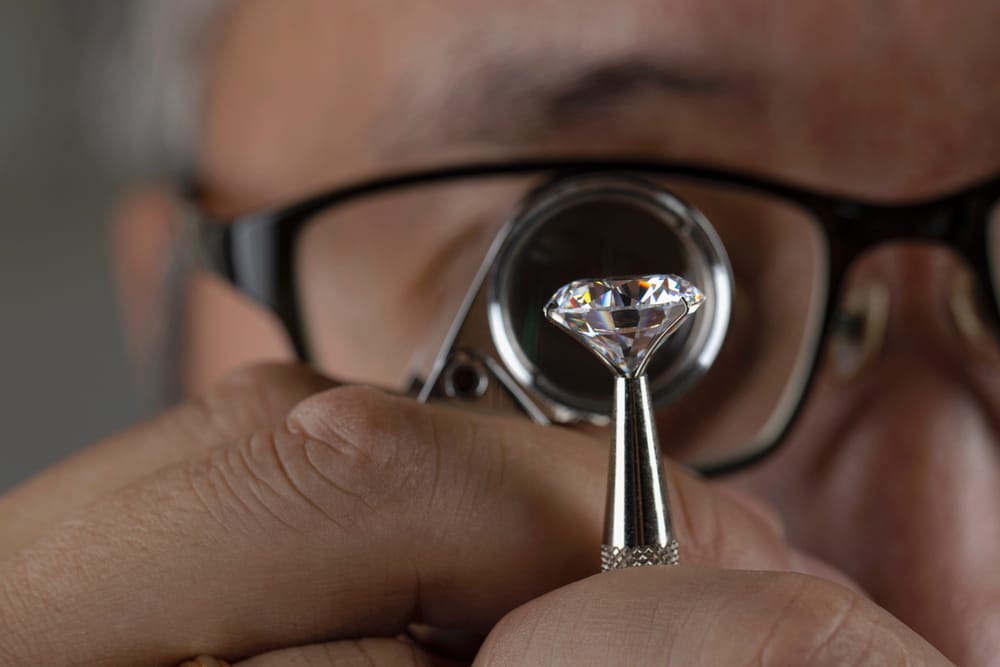
It is extremely important to remember, not all gemstones make good investments. As with any investment, there are profitable commodities and less profitable ones. You should always be cautious when entering into gemstone investing, and it is definitely recommended you seek expert help and opinion. This is to ensure you are always getting the best deal and do not lose money.
Safeguarding yourself from any scams or fraud is also essential when purchasing gemstones. In particular, only buying gems which are accompanied by a genuine certificate of authenticity from a trusted institute is recommend. For example, The Gemmological Association of Great Britain is the world’s longest established provider of education in gems and jewellery and a globally trusted institute.
Hatton Garden jewellers recommend The World Gemological Institute and the IRDC Diamond Grading Laboratory as trusted sources for authenticity and grading. The Gemological Institute of America (GIA) is a worldwide organisation, despite its name, and has a base in London in the UK.
Getting authentic gems is essential. Not only because you could lose your hard-earned money, but because gem stones are one of the best opportunities for fraudsters to get rich quick by stealing your money. If you think you have seen anything suspicious, or you are concerned of any wrongdoing whilst looking for your gems, it is imperative to contact local authorities.
Of course, the quality of the gem determines the sell price and its overall value. The clarity of the gem is one of the first things a seller will discuss and one of the first things a buyer will look for. Both internal and external characteristics will be studied when determining the clarity of a gem.
When your stone is being examined by a trusted gem expert, they will be focused on the size, nature and position of these characteristics in order to determine its value. With a diamond, for example, the closer it is to being a pure diamond, the higher its value is.
Colourful gemstones have the following clarity grades:
According to the International Gem Society, the numbers in each grade indicate increasing degrees of inclusion visibility and structural impact.
The gem’s weight also impacts its value. Gem weight is measured in units called carats. One carat is equal to one fifth of a gram, or 200 milligrams. Hence, larger stones cost more as they cost more per carat.
The International Gem Society also describe three main properties regarding gem colour. These will be considered when valuing your gem. The hue of the gem is the basic colour – blue, red, green. The tone of the gem refers to its lightness or darkness. The saturation refers to the intensity of the hue, described as strong or soft.
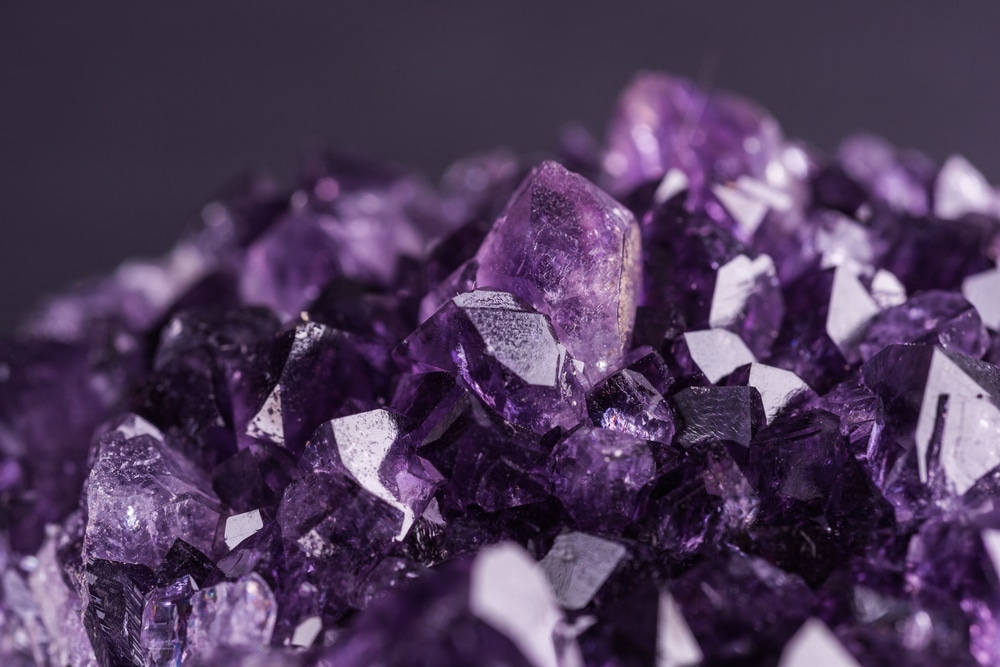
What is the appeal of gemstones? Well, aside from the obvious – they are beautiful – natural gemstones are particularly desired due to their rarity. They also hold their value fairly well in times of economic uncertainty (see below). As the current economy rattles many, there has been a high interest in investing as a hedge against inflation.
As investments in previous metals such as gold and silver rise and digital currencies gain further exposure, there has been a surprising boom in investments in natural gemstones. But why has this happened? Well, gemstones are fairly non-volatile and tend to hold their own in volatile markets. This is different to cryptocurrencies, for example, which aren’t as tangible and can increase and decrease in value rapidly.
As with precious metals, gemstones hit a wider audience. Not only are they a physical commodity, more tangible than other types of investment, but they are a symbol of wealth, luxury and elegant. They are also a commodity which can be held onto and provide security in an investors’ wealth.
As previously discussed, gemstones can hold their value fairly well, even in more stormy economies. They can also grow in value from time to time, but only if the authenticity, grade and cut of the gems is something buyers are searching for. Before investing in gemstones, you should consider 3 main points surrounding their value:
It’s important to add the impact of mass media on public and investor interest in gemstones. Films such as Ocean’s 8 highlight the value of certain gemstones – the premise of the film is a group of women undertaking a diamond heist for a necklace worth 150 million dollars.
Similarly, Kate Winslet’s “The Heart of the Ocean” necklace in blockbuster Titanic renewed interest in the rare gem tanzanite. 2019 hit movie “Uncut Gems” starring Adam Sandler glamorised the wealth and prestige of owning, wearing and selling gems for high-stakes profits.
The availability of a resource is also important to consider. For example, if a rare gemstone is mined until the sources are depleted and the yield is exhausted, the value of this stone will skyrocket due to its rare nature.
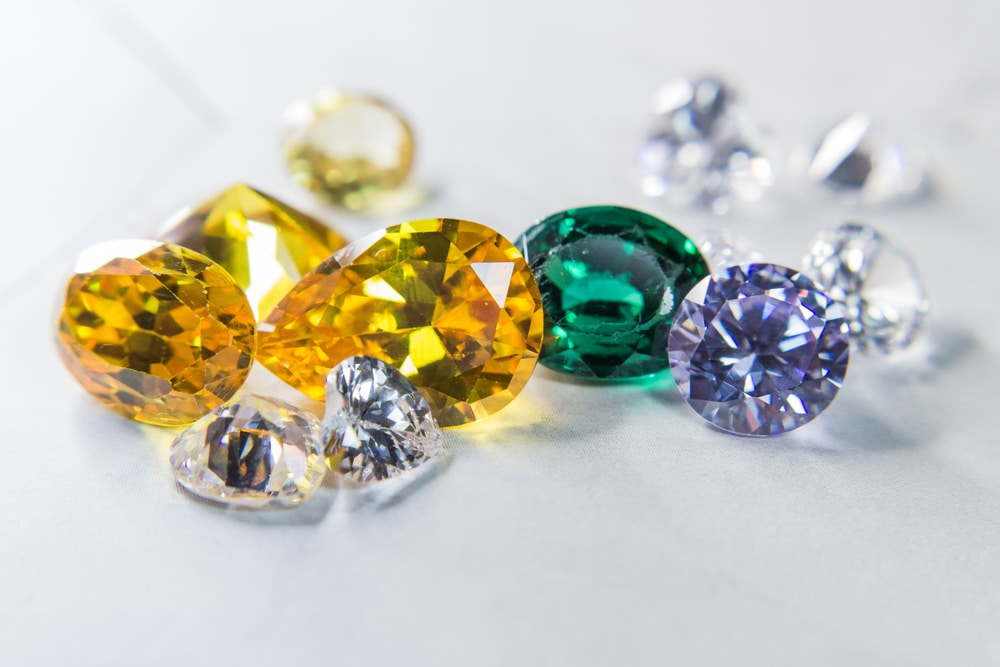
If you are still unsure about whether to take the step to gemstone investing, why not read the pros of investing?
The demand for precious gems is likely to remain stable for the foreseeable future. As long as the world has existed, people have had a fascinating with these beautiful stones. From the ancient Egyptians to the Tudors, through the Victorian era until today, gemstones have been a sought-after commodity. A symbol of wealth and beauty, this makes gems a viable investment.
As mentioned previously, gemstones are not particularly phased by market volatility. They are not susceptible to price fluctuations, thus a depletion in its price is unlikely. The price of your gem may even invest in price. Having your stone polished or turning it into jewellery are both sure-fire ways to increase your gems value.
Unlike stocks and shares or cryptocurrencies, gemstones are a physical commodity which you can hold and admire in person. Despite being a physical commodity, you can hold and carry, if looked after correctly and safely, gemstones will not weather easily. They do not crack or scratch easily and are fairly durable. Unlike precious metals, they are unlikely to be impacted by surrounding conditions. For example, silver may weather over time when exposed to oxygen.
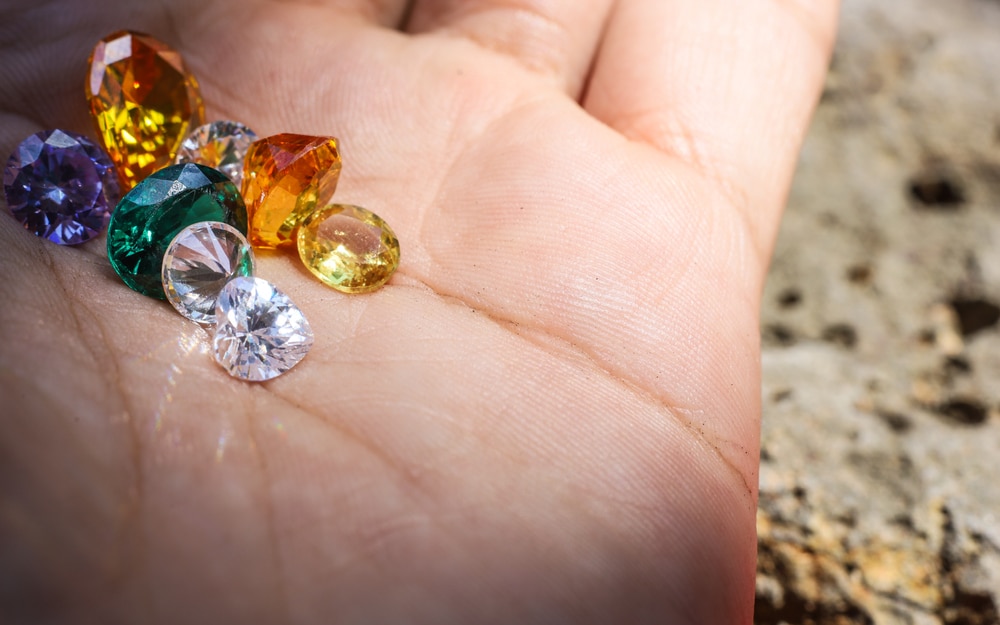
As with any investment, discussing the cons is imperative to making an informed decision about whether or not to invest. Remember, just because there are risks involved with investing, it doesn’t mean there are not risks worth taking.
As with most investments, if you want to make a profit or hold the value of your investment, you cannot walk into it blindly. You must have a decent amount of knowledge in gemstones before investing in them. There are hundreds of trust gemmological institutes which offer free information and advice about gemstones. It is imperative you do your research to avoid undervaluing a gemstone when selling it or overvaluing it when making a purchase.
Not only do scammers see gemstones as a chance to get rich quick, but owning a physical gem also carries its own risks. Making sure you have somewhere extremely safe and secure to store your gem is something to think about carefully. Make sure you do not go around spreading the news of your purchase to every Tom, Dick and Harry, either. You never know what people’s intentions could be.
Even carrying your gem to a shop for valuation puts you at risk. If someone notices you entering and leaving multiple jewellers, they may clock you are carrying a precious gem.
Similarly, keeping an eye out for fake or sub-standard gemstones is the number one priority when investing. It can be risky but making sure you do your research and talk to trusted institutes can help you stay on track.
If your gem is cut or polished in an unprofessional way, your stone could lose value. If you buy an uncut gem, make sure you visit a trusted and well-respected business to cut your gem. Any mistakes, or an uneven cut could seriously decrease the value of your investment.
Remember, polishing and cutting is an additional cost, so it is important you factor these costs in to ensure you do not lose money on your investment.
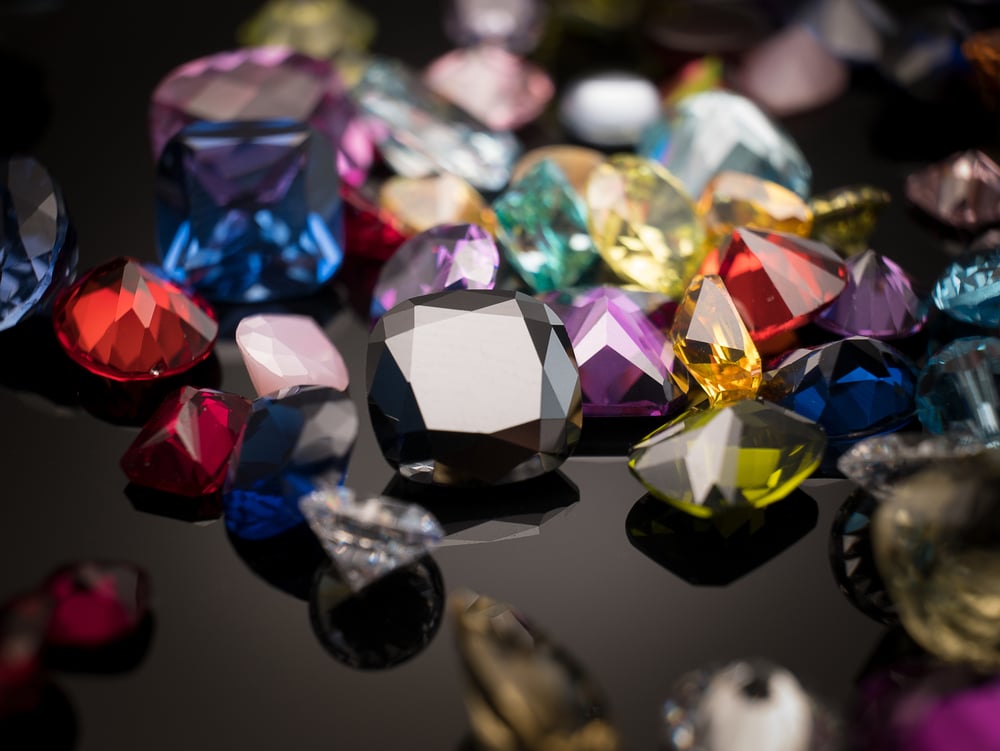
So, you know what to look out for, and you are aware of the risks and rewards of investing in gemstones. Which stones should you go for? Here are the 5 most popular investment gemstones, according to AJS Gems:
There are many types of ruby, with Fine and Burmese being the most popular. Fine rubies are the rarest coloured gem, thus they come with a hefty price tag. Larger Burmese rubies can scale as high as $400,000 (£303,618) at auction. The most valuable colour of ruby is the classic vibrant red.
It’s no surprise blue sapphires are the second most popular investment gemstone. Their vivid, deep colour captures the attention of many, and some are extremely rare. The rarest sapphires originate from Kashmir. This is due to no mining taking place there in more than 100 years, limiting the availability of this beautiful stone. There are other colours of sapphire, some pink, some yellow, but none quite capture an audience like the blue one.
Fine, untreated emeralds are reliable investments. It is important to be aware of controversies which have surrounded emeralds in the past regarding treatments with artificial resins. But genuine, untreated emeralds, particularly those of Colombian dissent are extremely valuable. Brazilian emeralds follow closely behind. These beautiful green stones are stunning.
Not a particularly well-known jewel by name, Spinel is one of the most popular newcomers in the gemstone investing game. In fact, many of the gems on the British Crown Jewels are spinels, often mistaken for rubies. The price of spinel has increased over the last five years as interest has grown. The most popular colours are red and hot pink.
This is a rare gem from East Africa, a beautiful, deep green colour. It’s colour, similar to emerald, means it challenges emeralds popularity. It is always untreated, and many say it shines even more brightly due to its highly refractive inside.

There are many options to choose from when it comes to selling your gemstones. Whether you are yet to invest or have gemstones in your possession already, here’s what we recommend when it comes to making some money.
Auction houses are a reliable place to sell your gemstones. You can sell at in-person auction houses, as long as online ones. At online auctions, your gemstones are likely to reach a wider audience, which is something to consider when selling. You can find a list of auction houses, approved by The Gemological Society of America here.
Some jewellers may be willing to buy jewels from you. Visit your local jewellers and see if they will give you a valuation. Some jewellers, however, may not be in the market to buy gemstones which aren’t part of a jewellery item or decoration. If you bought the gemstone from a jeweller, you could try selling it back to the place you bought it from.
However, it is important to note that jewellers are likely to offer you less than the retail price. This is because they may not have a huge amount of money available to pay you upfront. Similarly, the item may wait in their inventory for a while before being sold, so they want to buy it for as low a price as possible.
Some jewellers may be willing to trade your item. Start at the place you bought the gem from, and see if they will swap it for something else. Jewellers may often given you credit towards something else in the store if there is nothing that takes your fancy immediately. Again, it is important to be aware that they may want you to trade your item for something of less value. This is why it is imperative to do your research and know your gem’s worth.
There are many jewellers who buy second hand and pre-owned gems for resale. Approach some of the jewellers in your area and see which gives you the best offer.
Some businesses also take gemstones and gemstone jewellery on consignment. This means you will not be paid for the item until it sells, and the jeweller will take a percentage of the sale as commission. If you want to take the work out of selling the gemstone yourself, this may be a good route for you.
You could also try and sell your gemstone online. Online marketplace eBay is a reliable place to sell your gemstone, but be prepared for potential buyers to ask you questions – and lots of them. As previously discussed, scammers are rife. Making sure you have any necessary documentation and a certificate of authenticity is key to selling your gem.
An issue with this, though, is knowing how much to list your item for online. It is recommended you get a valuation and a written appraisal from a trusted jeweller or gemological institute.
Borro allows you to use your luxury assets to obtain a short term monetary loan. It may sound scary and complicated, but it is actually very quick and rather easy. Firstly, you will need to apply online or over the phone. You will need to give your contact information, how much you are interested in borrowing and give an in-depth description of your asset. Having relevant documentation available will be useful at this stage.
You will then be asked to send your assets to Borro. The great part is, they will pick up your assets from your home – you don’t even have to leave your property! Your parcel is full insured and in most cases, fully paid for by Borro.
When Borro receive your item, you will receive a final offer from them. If you agree to the price, you will receive an online contract which you will sign. The funds will be immediately sent to you. Your assets will then be photographed, labelled and stored in secure vaults. Then, when you are ready, you can pay back the loan given to you by Borro, and receive your asset back in return.
If you choose to go down this route, it is imperative you read any terms and conditions. If you cannot pay back the loan you received, your assets are at risk. In other words, if you fail to pay back the loan provided by Borro, you will not receive your asset back.
Direct to your inbox every week
New data capture form 2023

Leave a Reply